
Patios, Walkways & Driveways
We unite suppliers and green industry professionals worldwide
Cabbage (Brassica oleracea) is a member of the family Cruciferae, and it is considered one of the most widespread vegetables that is cultivated worldwide. Cabbage is a universal kitchen component. It has a hearty taste, large number of health advantages,
By Mariam Scott
|Published on September 16, 2025
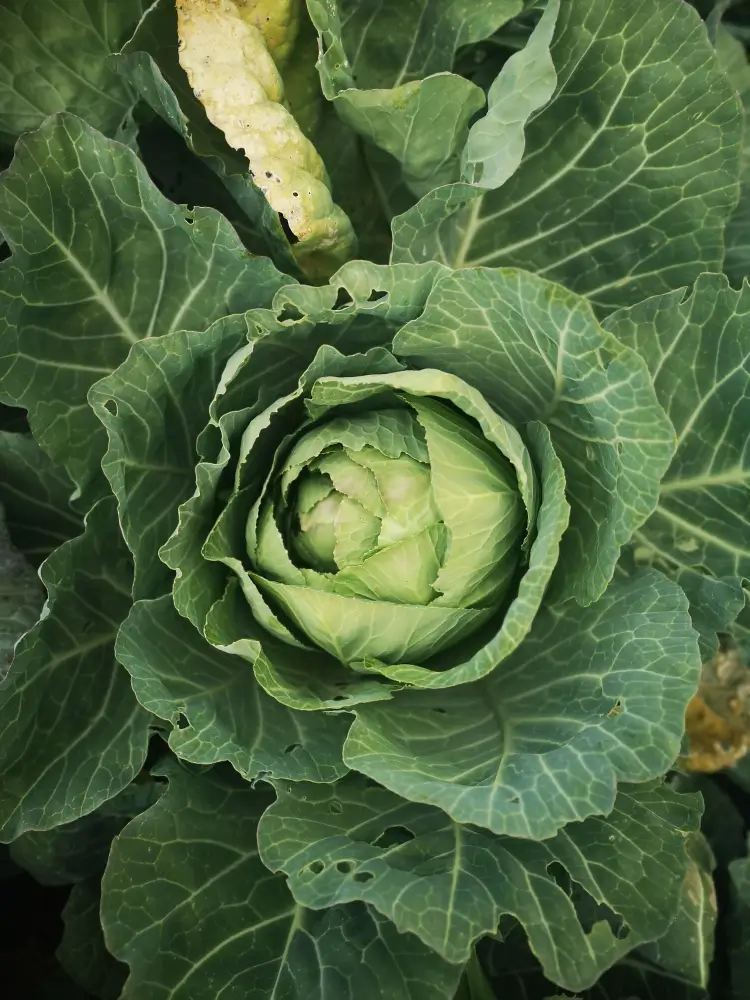

Cabbage (Brassica oleracea) is a member of the family Cruciferae, and it is considered one of the most widespread vegetables that is cultivated worldwide. Cabbage is a universal kitchen component. Its hearty taste, large number of health advantages, and adaptability to a wide selection of cooking uses make cabbage one of the most well-known vegetables in the world. It is not only known as a popular edible leafy green, but it is also vital in crop rotation and sustainable farming.
Cabbage can also improve the health of the soil by adding desired nutrients to it, and therefore it is commonly grown as a component of an integrated farming strategy in a bid to keep the soil fertile and also minimize the use of chemicals as fertilizers.
| Scientific Name | Brassica oleracea |
| Common Names | Cabbage, Green Cabbage, Purple Cabbage, Savoy Cabbage, Napa Cabbage |
| Family | Cruciferae (also known as Brassicaceae) |
| Genus | Brassica |
| Species | Brassica oleracea |
| Cultivars | Green cabbage, Purple cabbage, Savoy cabbage, and Napa cabbage |

September 18, 2025
10 minute read
September 17, 2025
9 minute read
September 17, 2025
20 minute read
September 17, 2025
20 minute read


Join as a seller and connect with thousands of B2B buyers nationwide!
Sign Up
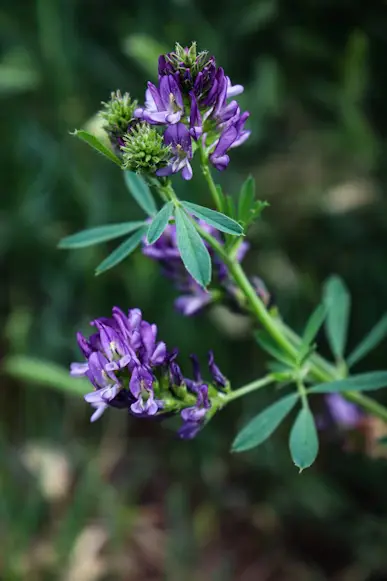
Alfalfa
Alfalfa is one of the most valuable and versatile forage crops grown around the world. Known for its resilience, fast growth, and deep root system, this hardy perennial is a favorite among farmers, gardeners, and even home sprout growers.
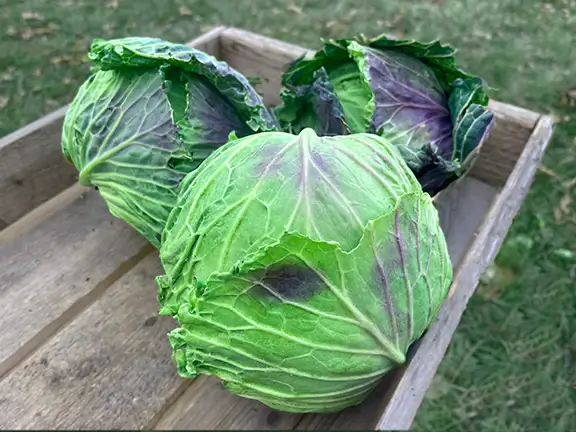
January King Cabbage
January King cabbage is one of the winter vegetables with stunning tastes and wonderful cooking uses in the kitchen.

Cabbage Napa
Also known as the Chinese cabbage, Cabbage Napa is a long leafy vegetable which is also tender and trending centuries back to Asian cooking. These pale green leaves and crisp white stalks provide a mild, delicate sweetness that is delicious both in its ra
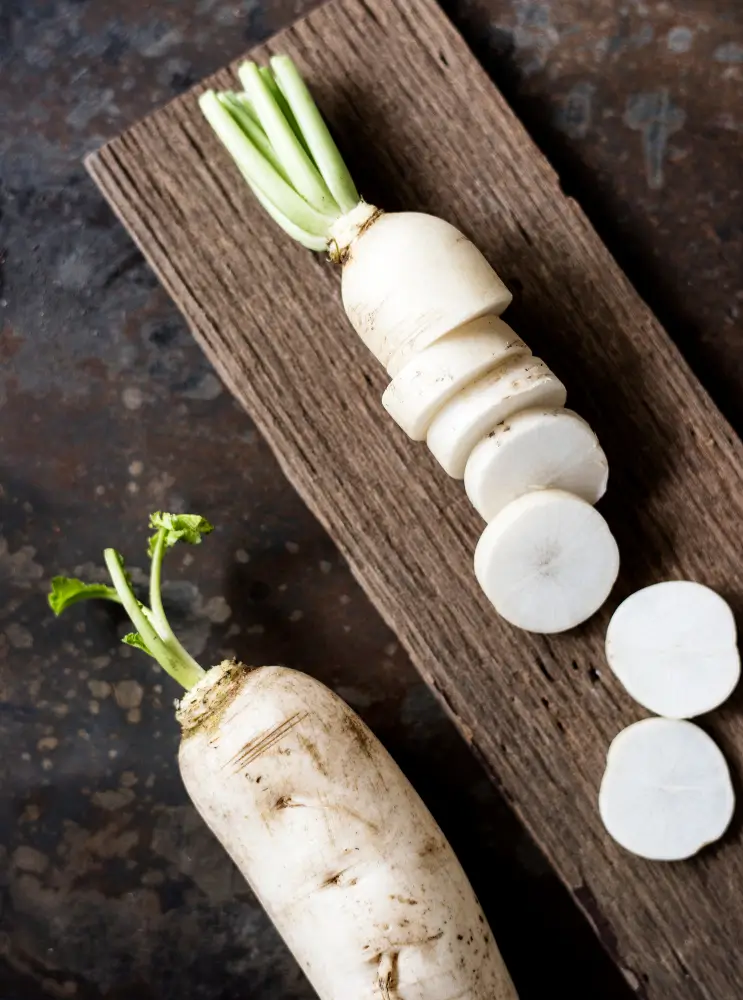
Daikon Radish
Daikon radish is a large white root vegetable used in a lot of Asian dishes. It has a subtle flavor; it is somewhat sweet and slightly peppery. This is one of the veggies that tastes sweet and crispy, juicy, and refreshing raw or cooked.
Cabbage plants normally have a rosette of leaves and compact heads. The head consists of numerous layers of crinkled or smooth leaves, which depend on the cultivar.
Cabbage is quite a useful thing and may be applied in numerous ways:
Growing cabbage requires certain environmental factors to be fulfilled. Here's an overview:
The seeds of cabbage are very small, round, smooth, and generally dark- colored.
For successful germination, cabbage seeds require specific conditions:
Good viability has been known to be associated with cabbage intended to be stored.
Cabbage can be reproduced by seed, and planting the seeds indoors or straight into a garden is usually the best way to go.
Some pests attack cabbage plants and cause disease. However, with proper care, you can minimize the danger.
Prevention: This can be done through good garden hygiene, crop rotation, and planting of disease-resistant varieties where possible to ensure that the levels of problems caused by pests and diseases are minimized.
Cabbage seeds can be stored for future use if handled and stored correctly.
Cabbage is a great crop that can be cultivated by both amateur and professional gardeners. It is resistant, simple to cultivate under cooler climates, and bears a lot of advantages, both in food to use and also in medicine.
Seed germination in cabbage needs an insight into understanding the specific needs of the seed to germinate, favorable growing conditions, and proper management to grow a good crop. Cabbage plants are hearty and easy to grow, so with a few tricks on watering, pest control, and storage, they may give you tasty, healthy food in all seasons.
Cabbage seeds typically take 5-10 days to germinate, depending on temperature and moisture conditions.
Yes, cabbage can be grown in containers, but it requires large pots with adequate drainage and space for the roots.
Cabbage requires consistent moisture. You need to water the plants regularly, ensuring the soil is moist but not waterlogged.

Patios, Walkways & Driveways
Victor Miller

Pest Identification & Prevention
Victor Miller
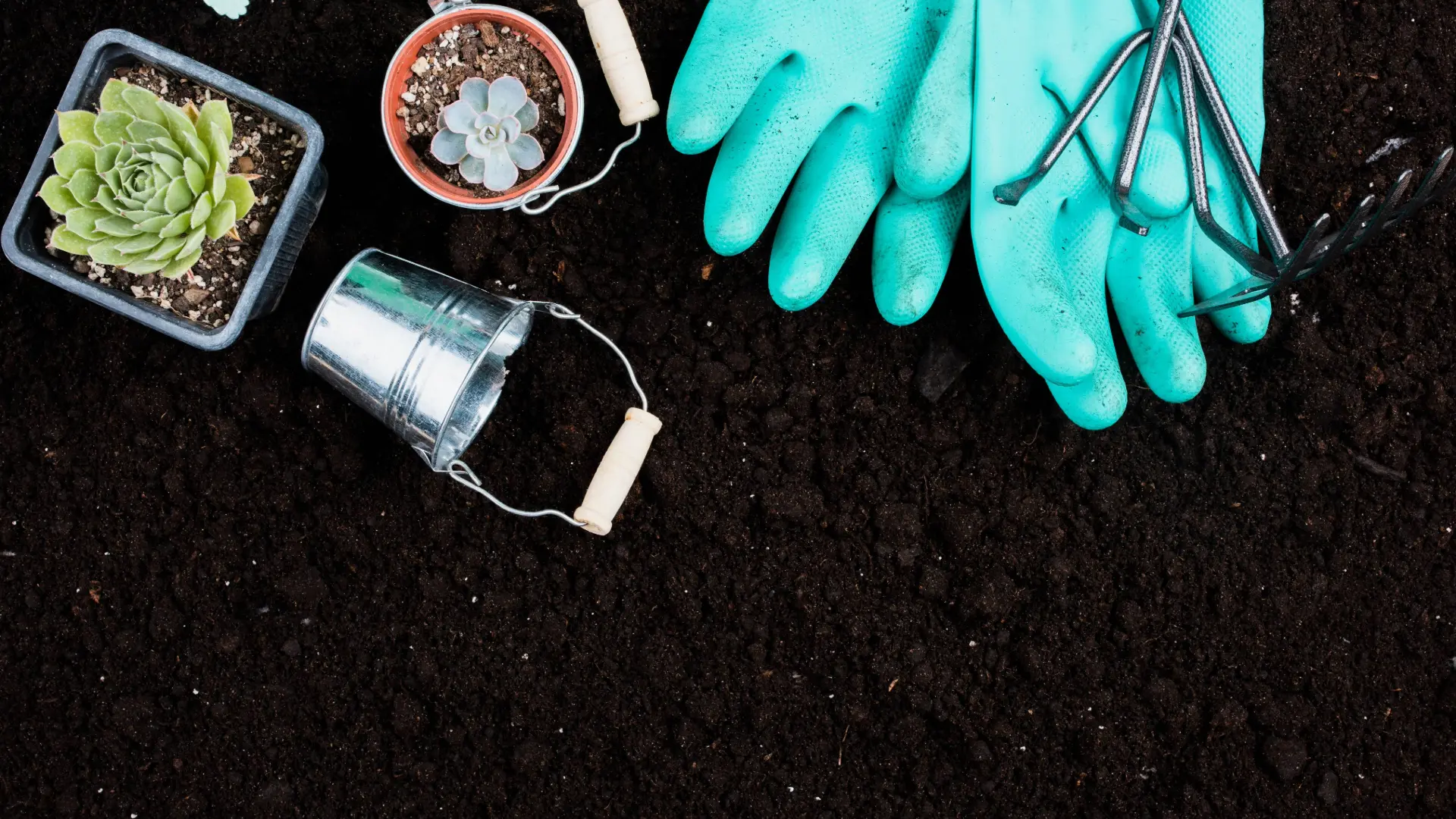
Soil Health & Fertilization
Gina Lazaarus
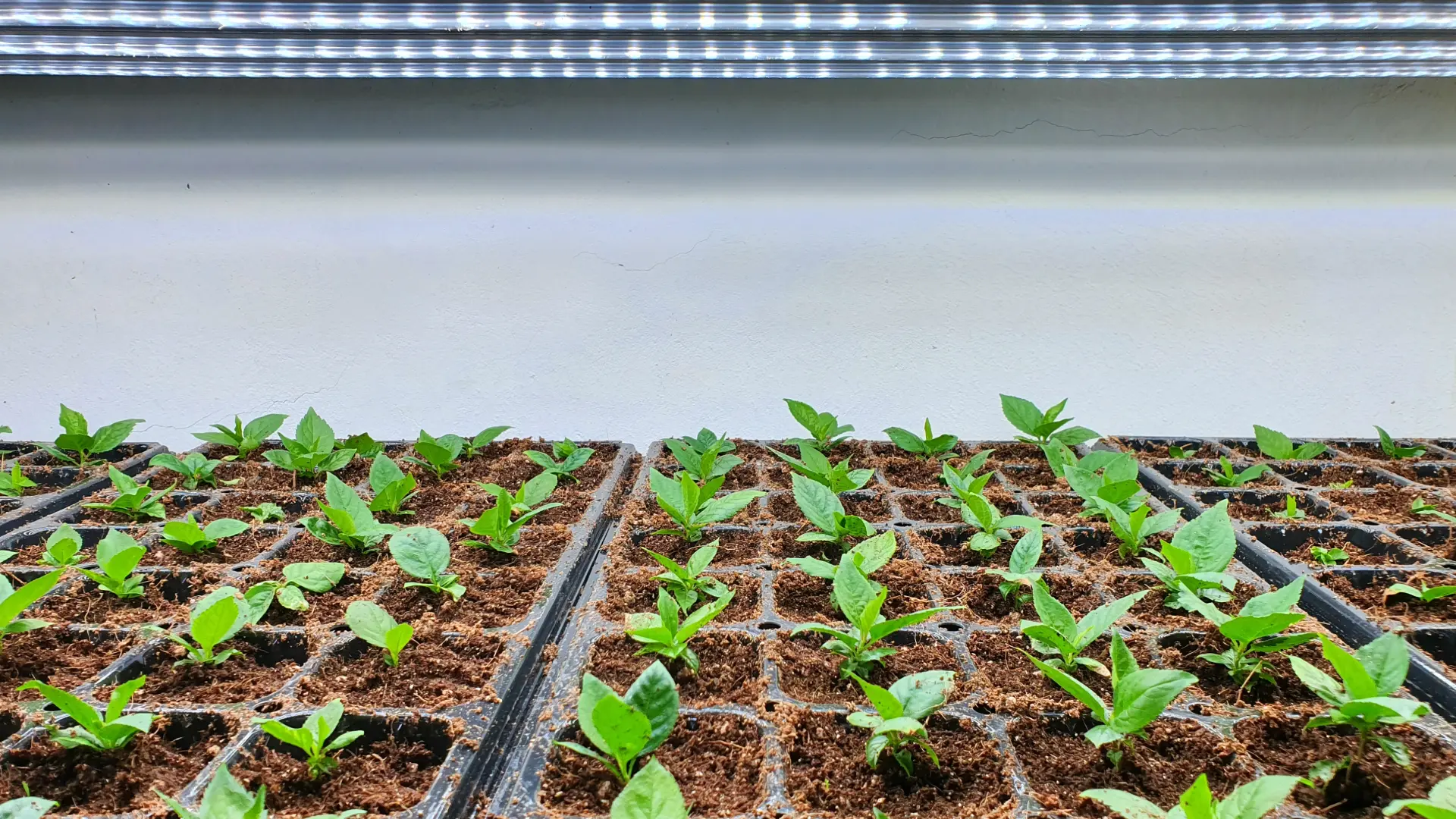
Lighting & Technique
Gina Lazaarus
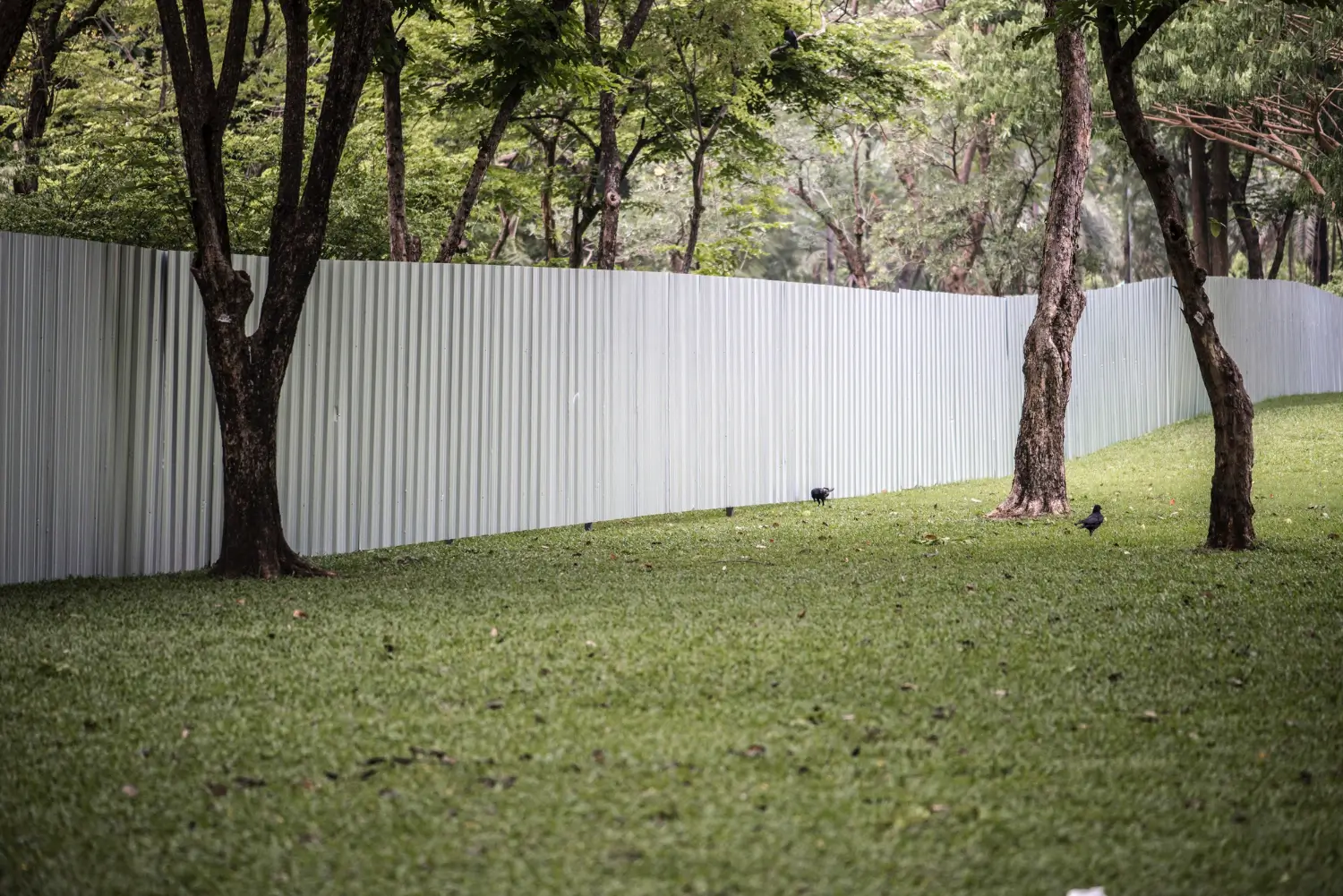
Construction Tips & Techniques
Victor Miller

Maintenance & Equipment Tips
Victor Miller

Soil Health & Fertilization
Victor Miller

Organic Gardening
Gina Lazaarus
My Account
Our team is always here to help.
We are open Monday - Friday, 9:00 AM to 4:30 PM PST.